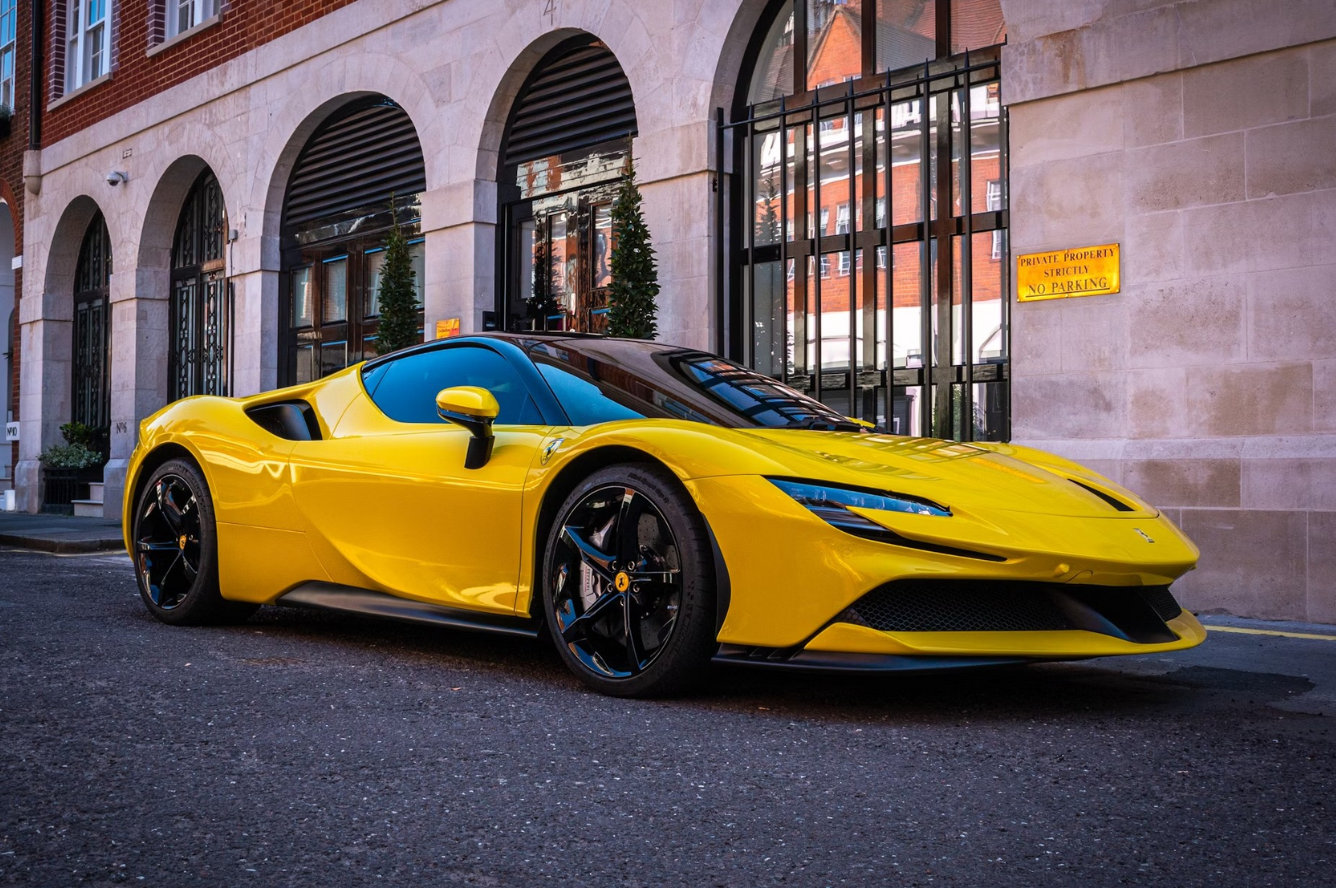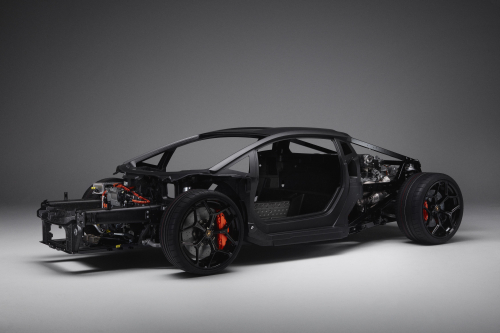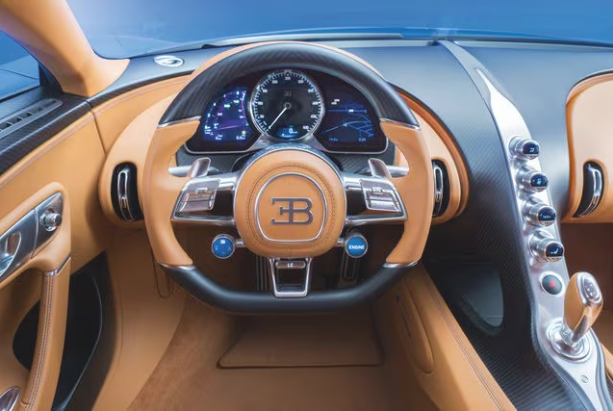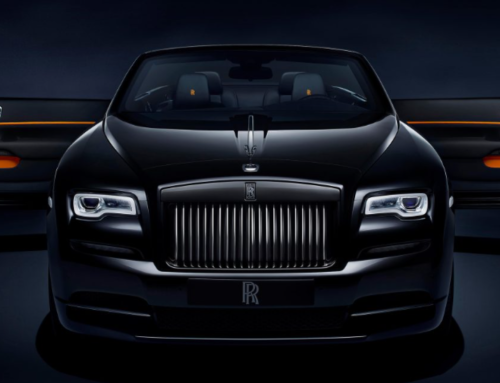Indeed. Let us dissect the rarefied air of hypercars, those magnificent machines that transcend the mere function of transportation, embodying the very pinnacle of automotive artistry. These are not simply superior cars; they are the avant-garde, the vanguard of automotive engineering, pushing the boundaries of performance, technology, and design far beyond the conventional limits of even the most exceptional supercars. Consider, for example, the lineage of Ferrari, culminating in the sublime LaFerrari, a testament to the brand’s unwavering pursuit of excellence on the Motorway Group’s portfolio.
The genesis of the hypercar phenomenon can be traced to the late 20th century, a period marked by revolutionary models like the McLaren, which established new, previously unimaginable standards. Since then, a relentless pursuit of innovation, driven by advancements in materials, aerodynamics, and powertrain technology, has elevated these vehicles to unprecedented heights. Today, manufacturers, including the esteemed Maranello marque, integrate the most sophisticated and cutting-edge innovations, meticulously engineered to optimize performance, ensure unparalleled safety, and, yes, even enhance efficiency, representing the absolute zenith of automotive achievement.
- Safety Features in Hypercars
- Technological Innovations in Hypercars
- Design Features that Define Hypercars
- Performance Features that set Hypercars Apart
1. Safety Features in Hypercars
Despite their extreme speeds, hypercars incorporate advanced safety features to protect drivers and passengers. Manufacturers implement state-of-the-art safety measures to enhance stability, crash protection, and braking efficiency. These vehicles undergo rigorous testing and development, ensuring they can withstand the immense forces generated at high speeds. From cutting-edge crash structures to intelligent driver assistance systems, hypercars combine engineering brilliance with advanced materials to create a cocoon of safety.
Carbon-Fiber Construction
Hypercars use carbon-fiber monocoques to enhance structural integrity. Studies from the International Journal of Automotive Engineering highlight carbon fiber’s high strength-to-weight ratio, reducing impact forces during collisions. Read more on carbon-fiber safety benefits.
Stability
Adaptive aerodynamics improve stability at high speeds. Adjustable rear wings and air brakes dynamically control airflow, minimizing lift and optimizing downforce. For instance, the Porsche 911 Turbo S employs its Porsche Active Aerodynamics (PAA) system, featuring an adjustable front spoiler and rear wing, to optimize stability.
Learn more about Porsche’s 911 Turbo S Active Aerodynamics.
Braking Systems
Ceramic composite brakes provide superior stopping power. Comparative studies show carbon-ceramic brakes reduce braking distances by 15-20% compared to traditional steel brakes.
Advanced Driver-Assistance Systems (ADAS)
Modern hypercars integrate collision warnings, emergency braking, and lane-keeping assist. These systems enhance control, reducing accident risks in high-speed conditions.
| Safety Feature | Function | Example Model |
| Carbon Monocoque | Strengthen chassis | McLaren Speedtail |
| Active Aerodynamic | Enhances downforce | Porsche 911 Turbo S |
| Ceramic Brakes | Reduces stopping distance | Porsche 918 Spyder |
| ADAS | Prevents collisions | Rimac Nevera |
2. Technological Innovations in Hypercars
Hypercars showcase groundbreaking technology, enhancing driving experience and efficiency. With advanced materials, hybrid systems, and AI-driven controls, they stand in a class of their own. Every element is meticulously engineered to push the limits of speed, aerodynamics, and sustainability. Technological innovations in hypercars not only increase performance but also redefine what’s possible in automotive engineering.
Hybrid and Electric Powertrains
Many hypercars now feature hybrid or all-electric powertrains, such as the Ferrari SF90 Stradale, which combines a V8 engine with three electric motors, enhancing efficiency while maintaining exceptional speed.
AI-Powered Driving Dynamics
Real-time data processing and advanced algorithms optimize traction, torque distribution, and suspension settings. The McLaren Artura demonstrates this by using AI to adjust driving modes based on current road conditions.
Lightweight Materials for Efficiency
Hypercar manufacturers employ lightweight materials such as titanium, graphene, and carbon composites. Research from Materials Science Reports shows that graphene-reinforced materials increase chassis strength by 30% while reducing mass.
Infotainment and Connectivity
While performance remains paramount, modern hypercars integrate high-resolution displays and telemetry systems. The Bugatti Chiron’s digital cockpit provides detailed performance data which allows the driver to monitor key metrics in real-time.
3. Design Features that Define Hypercars
Aesthetic appeal and aerodynamics play a crucial role in hypercar development. Manufacturers blend artistry with functionality to create striking and efficient designs. Every design choice, from aggressive air intakes to sculpted bodywork, serves a purpose in enhancing performance.
Aerodynamic Efficiency
Every curve and vent enhances airflow. Computational Fluid Dynamics (CFD) studies show that hypercars like the Mercedes-AMG ONE achieve drag coefficients below 0.30, improving speed and stability.
Read about aerodynamics in hypercars.
Lightweight Bodywork
Hypercar bodies prioritize weight reduction without compromising strength. Lamborghini’s forged composites are up to 35% lighter than conventional carbon fiber.
Cockpit Design and Ergonomics
Driver-centric layouts improve usability. The Aston Martin Valkyrie features an F1-inspired seating position for enhanced control.
4. Performance Features That Set Hypercars Apart
Performance is the essence of a hypercar, with acceleration, top speed, and handling meticulously engineered to deliver an unparalleled driving experience. These machines are built for raw power, agility, and superior dynamics on both the road and track.
Acceleration and Top Speed
The best hypercars achieve 0-60 mph in under three seconds. Koenigsegg Jesko Absolut at 330 mph.
See the world’s fastest hypercars.
Advanced Suspension Systems
Active suspension adjusts damping rates in real time. The Koenigsegg Jesko’s Triplex suspension enhances cornering stability.
High-Revving and Powerful Engines
Hypercar engines push the limits of internal combustion and hybrid technology. The Hennessey Venom F5’s 6.6L twin-turbo V8 delivers 1,817 hp.
Track-Optimized Handling
Precision steering and aerodynamic grip improve cornering. The Ferrari LaFerrari’s adaptive traction system enhances track performance.
Conclusion
Hypercars push the boundaries of automotive innovation. Buyers must assess safety, technology, design, and performance to find the perfect model. The right hypercar blends speed, luxury, and cutting-edge engineering, ensuring an unparalleled driving experience.
For those looking to own a hypercar, you can explore available models at Motorway Singapore.
References
- International Journal of Automotive Engineering. (n.d.). Carbon fiber structural benefits. Retrieved from https://www.sciencedirect.com/topics/engineering/carbon-fiber
- Materials Science Reports. (n.d.). Graphene in automotive applications. Retrieved from https://www.nature.com/articles/s41578-020-0183-1
- Porsche. (n.d.). The new 911 Turbo S. Retrieved from https://www.porsche.com/international/models/911/911-turbo-s/
- Road & Track. (n.d.). Hypercar infotainment systems. Retrieved from https://www.roadandtrack.com/new-cars/car-technology/a38290529/hypercar-infotainment-systems/






